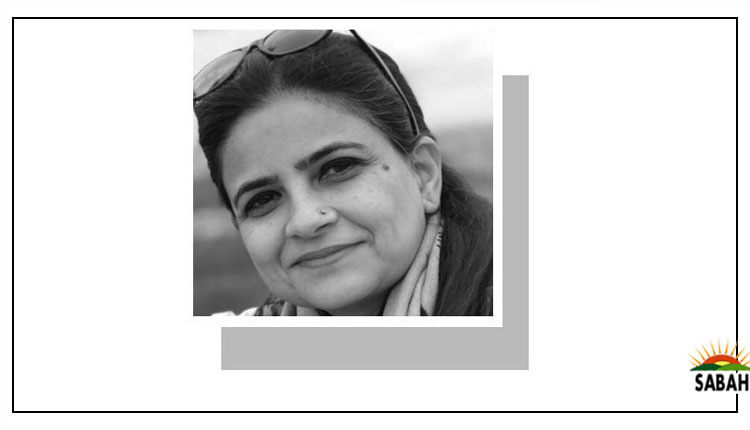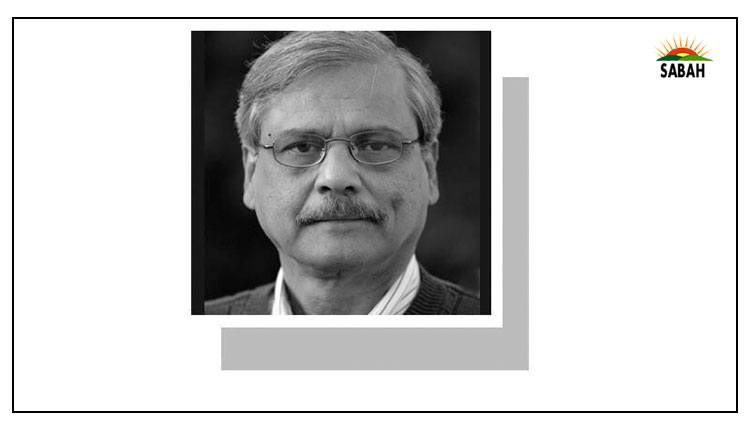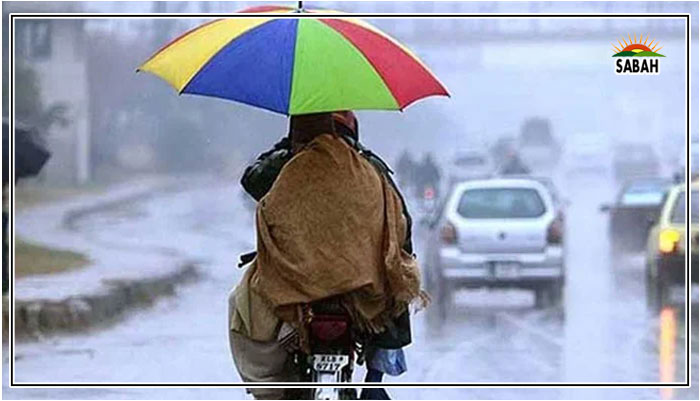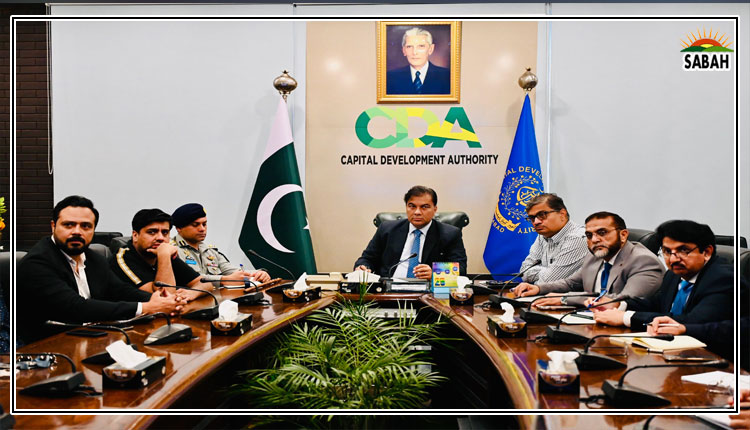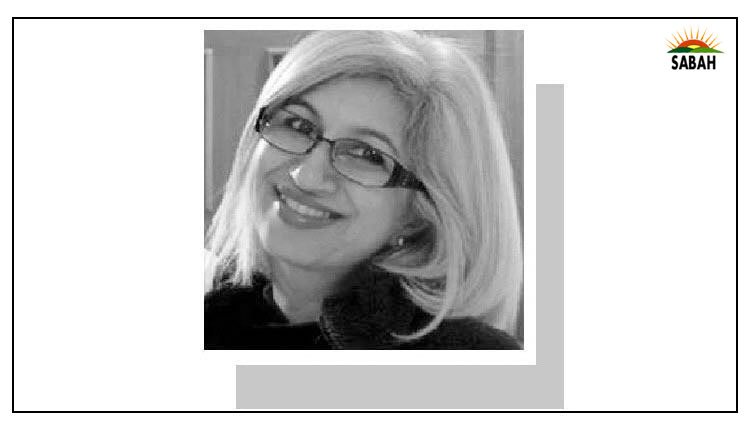Clearing the air ….. Zofeen T. Ebrahim
INDIAN External Affairs Minister S. Jaishankar’s historic visit — historic because the last official visit to Pakistan by an Indian foreign minister was undertaken by his predecessor, Sushma Swaraj, in 2015 to attend a conference — comes at a time when the air in the federal capital is at its crispest. There is just the right amount of nippiness in the evening air for a hot cup of the popular pink Kashmiri chai to produce the perfect warmth — and thus thwart the toxic air between India and Pakistan.
The high-level, 11-country SCO summit, which Mr Jaishankar and his delegation are attending, also comes at the start of the smog season. That is why climate experts in both India and Pakistan agree that, given the stalled formal bilateral talks between the two nuclear neighbours, the two can at least take baby steps and discuss shared issues which are likely to generate less mistrust, sceptisim and suspicion because of scientific evidence.
The conversation can begin with air pollution, since we share and breathe the same air. According to the World Bank, an estimated total of 1.5 billion people in the two countries are exposed to this form of pollution. Yesterday’s air quality data by IQAir showed Delhi and Lahore ranking as the second and fourth cities with the worst air quality.
Environment lawyer Ahmad Rafay Alam believes clean air should be an obvious agenda item for discussion at the summit. In fact, it would have made sense, he says, to hold the meeting in Lahore so that the attendees could view acclaimed British artist Dryden Goodwin’s artwork titled Breathe, which highlights air pollution in Lahore through posters, digital billboards and projections on multiple sites across the city. This piece of art is part of the ongoing Lahore Biennale 03. According to Alam, Goodwin’s work takes the discussion on air pollution out of the dryness of policy language and speaks directly to the heart. Abid Omar, a clean air campaigner, also the artist’s model, said there was time still and the digital artwork can be projected on the façade of important buildings in Islamabad, as well as Karachi, even after the summit is over, as it will inform and educate the masses.
The SCO provides an opportunity for cross-border discussions on pollution.
To understand how deadly air pollution can be, one must understand the real culprit: inhalable particulate matter, which has a diameter of 2.5 micrometres and is finer than the finest human hair (which has a diameter of about 70µm) and is visible only under an electron microscope. When inhaled, it affects your heart and lungs. Research has found a connection between air pollution and the health of newborn babies — low birthweight, miscarriages and stillbirths. And, among young children, these particles can cause asthma, a reduction in brain volume, behavioral dysfunction, and impaired lung growth. It’s a scary thought, but imagine South Asia burdened by a generation of unhealthy children, many of whom may not live to become adults.
But this particulate matter does not stay put or respect borders. It travels long distances. It chokes the air above us and across the region. Therefore, cleaning up the air in your own city or country is an exercise in futility, since there are six air sheds over the South Asian region in which the polluted air remains trapped and that can lead to an estimated two million premature deaths in the region.
Thus, a shared problem requires a shared strategy to eliminate it. It is time to move from bickering over which country spews the most poison and work together to overcome the challenge.
At a meeting organised last week in Nairobi by the UK-based Conciliation Resources between Indian and Pakistani experts, ambassadors, journalists and parliamentarians, air pollution experts, dismissing the silo-ed approach, and recommended greater cross-border engagement between the two countries in the form of knowledge-sharing and by treating the issue as a year-round problem rather than a seasonal event that gets underway with the onset of winter and as smog engulfs the two Punjabs.
There were discussions on developing a long-term strategy for diversification of cropping patterns, capacity building of judges, lawyers, members of parliament and doctors, and sharing best practices so as not to reinvent the wheel. For example, India’s 2017 Odisha Millet Mission — a transition to a more equitable food system that has brought millet back on the farmer’s radar and people’s menu — can be tweaked and replicated in Pakistan. Millet is a hardy, climate-smart grain and an ideal choice for areas prone to drought and heat stresses.
Similarly, tested practices that failed or were not the best ones for the region, can also be shared so as not to repeat mistakes and erroneous technologies.
The writer is a Karachi-based independent journalist.
Courtesy Dawn, October 16th, 2024







